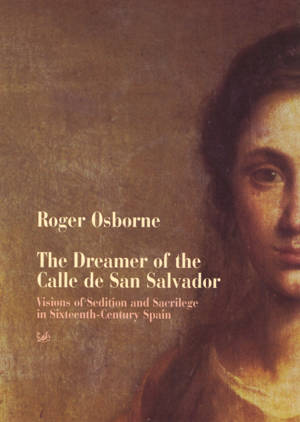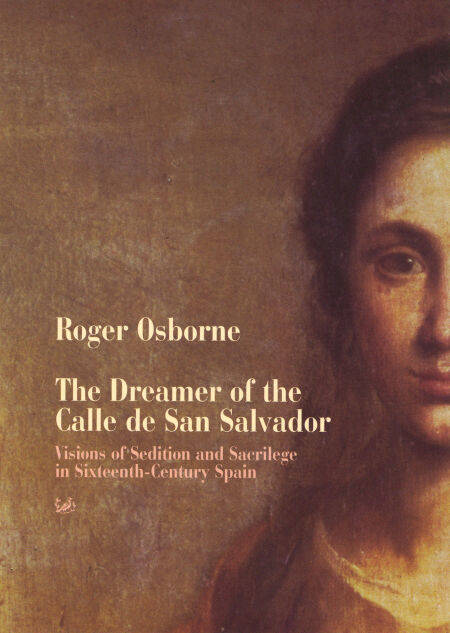
- Afhalen na 1 uur in een winkel met voorraad
- Gratis thuislevering in België vanaf € 30
- Ruim aanbod met 7 miljoen producten
- Afhalen na 1 uur in een winkel met voorraad
- Gratis thuislevering in België vanaf € 30
- Ruim aanbod met 7 miljoen producten
Zoeken
Omschrijving
Spell-binding, horrific, poetic, apocalyptic, heart-rending, disturbing, prophetic, seditious, compelling and utterly fascinating - the dreams of Lucrecia de Leon have lain virtually undisturbed in the archives of the Spanish Inquisition for more than four hundred years. Lucrecia was a nineteen-year-old Madrilena when, in 1587, her dreams began to be recorded and published by a disaffected group of clerics. Over the next three years they transcribed four hundred of Lucrecia's dreams which they considered to be messages from God. The dreams warned of the defeat of the Armada, of the death of King Philip II, of the fall of Spain and of a new beginning under a new king - all told in bold and highly original visions. As some of her prophecies came true and as the Spanish court grew more discontented, she fell foul of the authorities and was arrested by the Holy Order. The Dreamer of the Calle de San Salvador produces thirty-five of Lucrecia's most captivating dreams. The imagery and inventiveness of her visions are astonishing, while the stories that they tell are compelling and of immense historical significance. Roger Osborne weaves a commentary around each dream, which allows us to see the world through the eyes of Lucrecia and helps us to understand the nature of her visions and the time and place she inhabited. This pioneering work shows us what history is like seen from the inside out.
Specificaties
Betrokkenen
- Auteur(s):
- Uitgeverij:
Inhoud
- Taal:
- Engels
Eigenschappen
- Productcode (EAN):
- 9781448189953
- Verschijningsdatum:
- 30/08/2013
- Uitvoering:
- E-book
- Beveiligd met:
- Adobe DRM
- Formaat:
- ePub

Alleen bij Standaard Boekhandel
+ 9 punten op je klantenkaart van Standaard Boekhandel
Beoordelingen
We publiceren alleen reviews die voldoen aan de voorwaarden voor reviews. Bekijk onze voorwaarden voor reviews.








